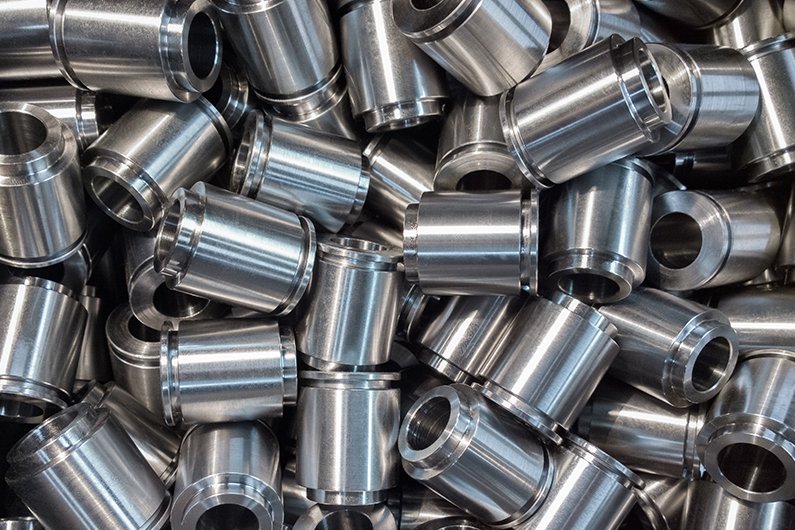
What is the Machining?
Most of the manufactured products you see around you are created as a result of machining processes. This has been the case for centuries now, with the various steps involved in the process evolving dramatically through the ages. Many people often ask about the basics of what is machining, how it works, the different types of machining processes, and many other details regarding these topics. This article will go through all this information and more, providing detailed insight into the machining world.
Machining is a manufacturing process that involves shaping a piece of material to a final desired shape by removing material in a controlled manner. Since machining processes utilize machine tools like machining centers and work by removing material, they are often termed as subtractive manufacturing processes, unlike additive manufacturing, which involves а controlled addition of material. Machining processes can work on a large number of materials, including metals, plastics, wood, glass, and more. The workability of machining processes on this vast range gives these processes applications in numerous industries.
History of Machining Processes
The history of machining processes dates back a few centuries. In the 18th century, machining processes pertained to repairing machines and equipment by using hard-working processes such as wood carving or metalworking using forging. To be precise, the term 'machinists' existed, but 'machining tools' didn't. Machining tools came into existence later in the middle of the 20th century. This happened due to the emergence of machining processes such as drilling, turning, boring, milling, broaching, planing, sawing, reaming, taping, and more. These processes were done with manually operated machining tools such as simple lathes, drilling tools, cutting tools, or drill presses. Over the years, with the emergence of computers and various technologies, all the machining processes got associated with Computer Numerical Control (CNC).
How Does Machining Work?
The concept of machining is to start with a bigger piece of material than the required part, and then remove the material with a controlled cutting tool. In the modern manufacturing world, machining tools are controlled by Computer Numerical Control (CNC) technologies. It is a structured process that starts with a conceptual design of the desired shape and then proceeds with the execution of design on the machining tool.

Stages of the Machining Process
The machining process for any component goes through these steps in this very order.
Creating Blueprints
Firstly, it is important to create a conceptual idea of the part that is required. This is done through engineering drawings and blueprints of the part, with the intended dimensions mentioned on the blueprints. When specifying the dimensions, it is important to keep in mind the workability of materials and their mechanical strength. For instance, a wall should have a minimum thickness or the part can collapse in the machining stage itself.
Creating CAD Models
Once the blueprints of the part are ready, it needs to be converted into a digital 3D model. This is done by using Computer Aided Design (CAD) software. This is the job of a programmer. More complex parts require complex CAD programs. The CAD models are converted to Computer Aided Manufacturing (CAM) programs. The CAM program is the language that the CNC machine understands. CAD programs can also tell if there are any issues with the design that will give errors in the machining process.
Machine Setup
The machine setup is carried out by the operator and involves adjusting the tooling and mounting the workpiece materials on the CNC machine. The setup can vary based on the type of machining process that will undergo. Setup also includes transferring the CAD instructions to the machine.
Program Execution
Once the machine is ready, the operator executes the program. The machine then works on shaping the program to the final part. It can be done in a number of ways, depending on the particular machine being used. After execution, the final part is ready and unmounted by the operator. Based on the requirement, it can be then sent for secondary machining processes.
